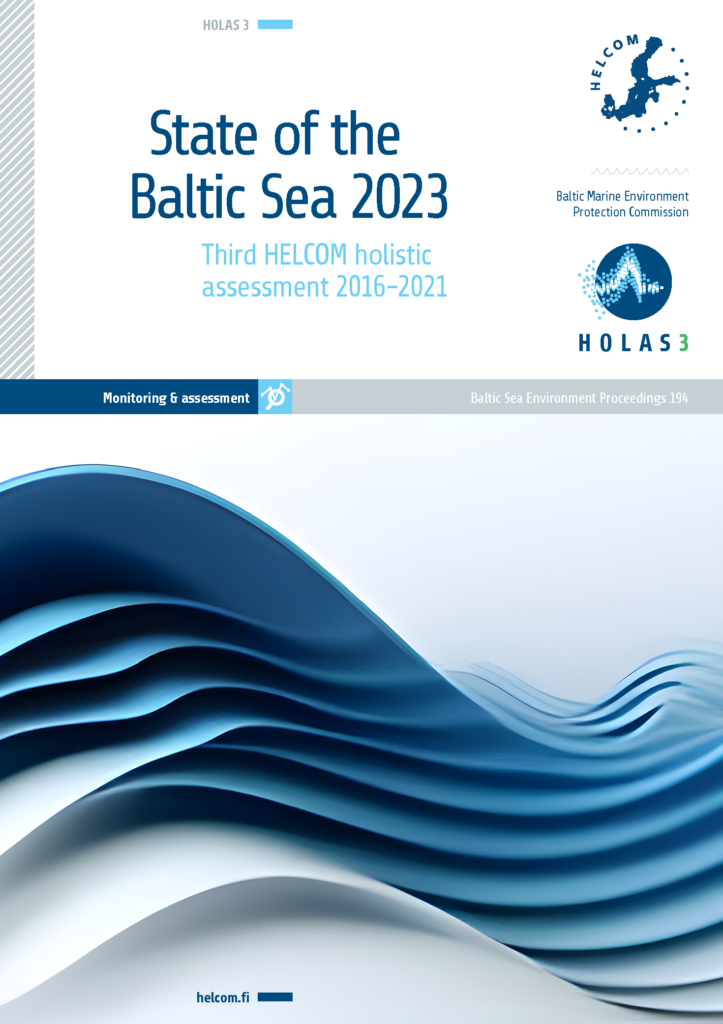PRESSURES
Pressures, types of measures and regulations
The segments of the Baltic Sea Action Plan (BSAP) seek to reflect a combination of pressures that both stem from activities on land and relate to activities at sea (HELCOM 2021a). They identify regionally agreed steps required for HELCOM countries to reach shared objectives. Central goals related to the management of human activities and pressures in the plan are:
- A Baltic Sea unaffected by hazardous substances and litter
- Environmentally sustainable sea-based activities
- A Baltic Sea unaffected by eutrophication
Progress towards our shared vision for a healthy Baltic Sea ecosystem relies upon the successful implementation of actions included under all of the pressure-related BSAP segments. Furthermore, the three segments support each other: The interconnectedness of life in aquatic systems means that progress along any segment benefits the other segments, moving towards the same shared objectives.
The updated status assessment results for 2016-2021 highlight the significance of this work. Nutrient loads are decreasing, but most of the Baltic Sea is still affected by eutrophication, which is a key driver of ecosystem changes in many areas. Concentrations of certain hazardous substances are declining because of measures taken, but there are elevated levels of several contaminants, and there is a vast number of emerging substances of potential concern. Overfishing has had widespread impacts on fish stocks in pelagic, demersal and coastal systems, and it has also led to changes in the overall structure and function of the food web. Other pressures affecting the Baltic Sea environment include, inter alia, the introduction of non-indigenous species, marine litter, underwater noise, seafloor loss or disturbance, and the un- intentional by-catch of birds and marine mammals. Stopping or reducing the negative impact of all of these pressures are critical steps to reach a healthy Baltic Sea.
This chapter briefly presents the assessment results regarding pollution-related pressures (eutrophication, hazardous sub- stances, marine litter, non-indigenous species and underwater noise), as well as pressures at sea (related to the extraction of fish, unintentional by-catch of marine mammals and birds, and seafloor loss and disturbance). In addition, the progress of work in HELCOM to develop marine protection and restoration is presented. All results are presented in summary, together with their main points of connection to species or habitats, climate change and the management objectives of the Baltic Sea Action Plan. Assessment results in full detail are presented in the respective thematic assessment reports (HELCOM 2023a-e).

State of the Baltic Sea 2023 — The third HELCOM holistic assessment (HOLAS 3)
State of the Baltic Sea 2023 is a synthesis report that builds on, and integrates, results from a wide range of assessment products produced within the third HELCOM holistic assessment. Its role is to link information from the underpinning assessment products together, thus highlighting the holistic aspects. With this in mind, the summary report focuses on presenting the results and on an in-depth look at why we are seeing these results, providing over-arching context and analysis. The report helps develop a clearer picture of where we are and how things are connected, supporting coordinated and effective measures to strengthen the Baltic Sea environment.
